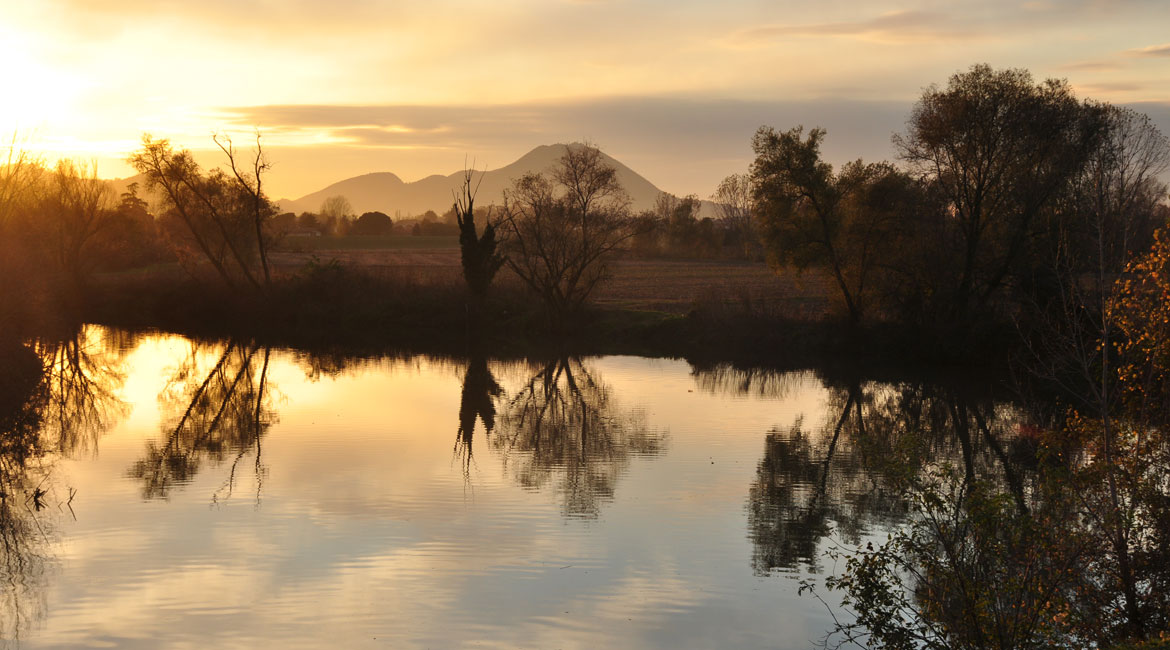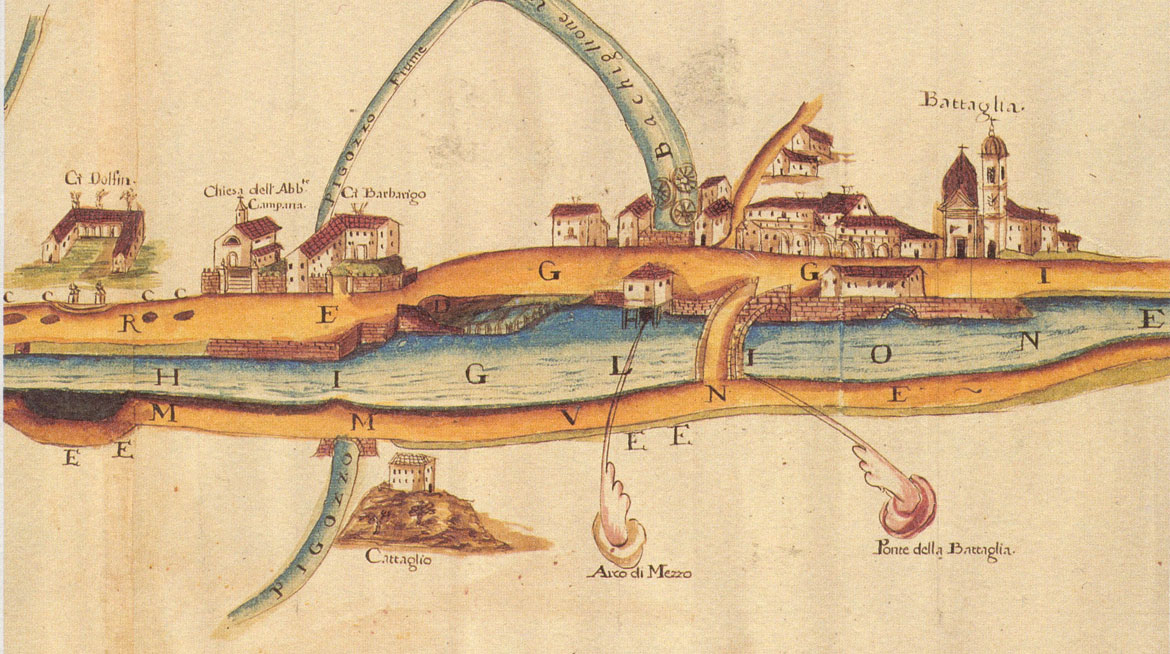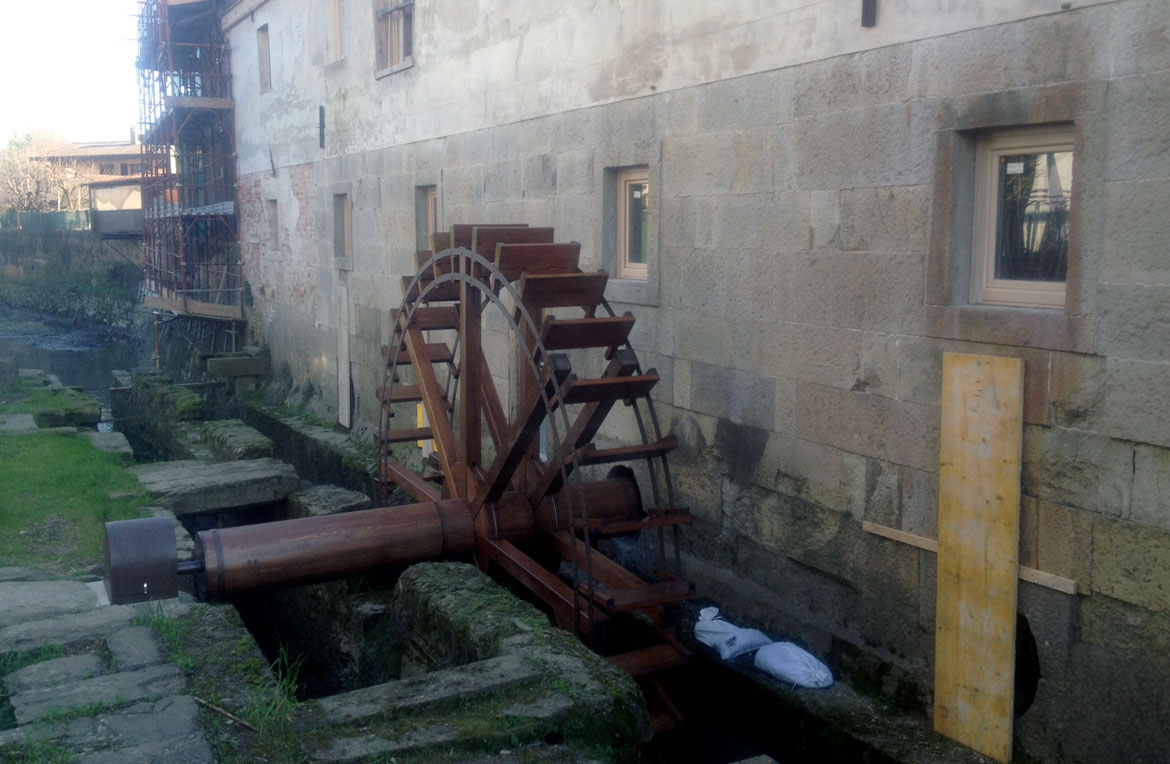Historical/current water use
You are here
Important elements in influencing the current cultural landscape of the hills are, first, the rivers that flow into the plain, north-east and south-west of the Hills: Brenta and Bacchiglione in the northern plains, Frassine and Adige in the southern plains. The tops of the hills were still, in this sense, isolated from the flat marshy and swampy that characterized the surrounding areas before of the works of agrarian systemation, carried out since Roman times. Another hydraulic internal network is formed by the canals that surround the hills. These waterways are of artificial origin, generally dating back seven or eight centuries ago.
Evidence of the exploitation of water resources in the Euganean Hills are also the remains of the mills, which give testimony of the various types and functions that have claimed over time, together with that of the classical milling of cereals, are now an important part of the landscape heritage euganeo. Of these structures can be recovered and admire traces more or less well preserved in twenty sites. This is what remains of a widespread system of exploitation of water through the mills "a coppedello", which would recover to drop the water conducted through gutters of stone or wood. There is a rich historical record in public medieval acts. If there are more than one hundred on the slopes euganei and many others are distributed over the waterways that surround the hills. Many were still visible at the end of the nineteenth century; some have remained active until after the Great War, but then, gradually, the availability of water brought by the many sources (over 100 cataloged in those years) has shrunk to the growth of water demand for other functions.




